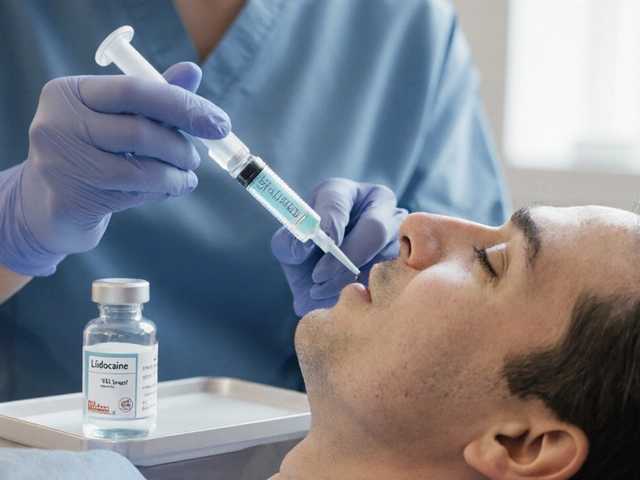Withdrawal Symptoms – Quick Guide to What Happens and How to Manage
Thinking about stopping a medication or a substance can feel scary. The body reacts, and you might notice a bunch of new feelings – that’s withdrawal. Knowing what’s coming helps you stay calm and plan ahead.
Typical Withdrawal Signs
Withdrawal looks different for each drug, but a few patterns repeat. You might get headaches, sweaty palms, or a racing heart. Mood swings are common – irritability, anxiety, or even low mood can show up. Sleep can take a hit, with insomnia or vivid dreams. Some people notice stomach cramps, nausea, or shaky hands. The intensity usually peaks within a few days and then tapers off, but the timeline changes with the substance and how long you’ve used it.
A good rule of thumb: the stronger the dependence, the more noticeable the symptoms. Opioids, benzodiazepines, and alcohol often bring stronger physical symptoms, while nicotine or caffeine tend to cause milder, more nervous‑system reactions.
Tips to Ease the Process
First, don’t go it alone. Talk to a doctor or a qualified health professional. They can suggest a taper schedule, medications to lessen cravings, or a safe environment for detox.
Stay hydrated. Water, herbal teas, and electrolyte drinks help your body flush out toxins and reduce headaches. Light exercise, like short walks, can calm nerves and improve sleep quality.
Eat regular, balanced meals. Protein, whole grains, and fresh veggies keep blood sugar steady, which can curb jittery feelings. If nausea hits, try bland foods – toast, bananas, or rice.
Rest is key. Even if you can’t fall asleep, lying down in a dark, quiet room can lower heart rate and anxiety. Deep‑breathing exercises or simple meditation apps work well for many people.
Support from friends or family makes a big difference. Let someone know you’re cutting back so they can check in and help you stay on track.
If symptoms get severe – for example, you can’t stay awake, have a fever, or notice chest pain – call emergency services. Severe withdrawal can be life‑threatening, especially with alcohol or benzodiazepines.
Remember, withdrawal is a temporary phase. Most symptoms fade within a week or two, and the body gradually finds a new balance. Celebrate small wins, like a night of better sleep or a day without cravings, and keep focused on the longer‑term health benefits.
PharmaSea offers detailed drug profiles, so you can check specific withdrawal timelines, side effects, and safe tapering tips for any medication you’re thinking about stopping. Use our resources to stay informed and make the safest choices for your health.
Imipramine Withdrawal Symptoms, Timeline & Coping Strategies: A Practical 2025 Guide
A down-to-earth guide on imipramine withdrawal—covering symptoms, duration, what to expect, and how to actually cope, based on real facts and personal tips.






